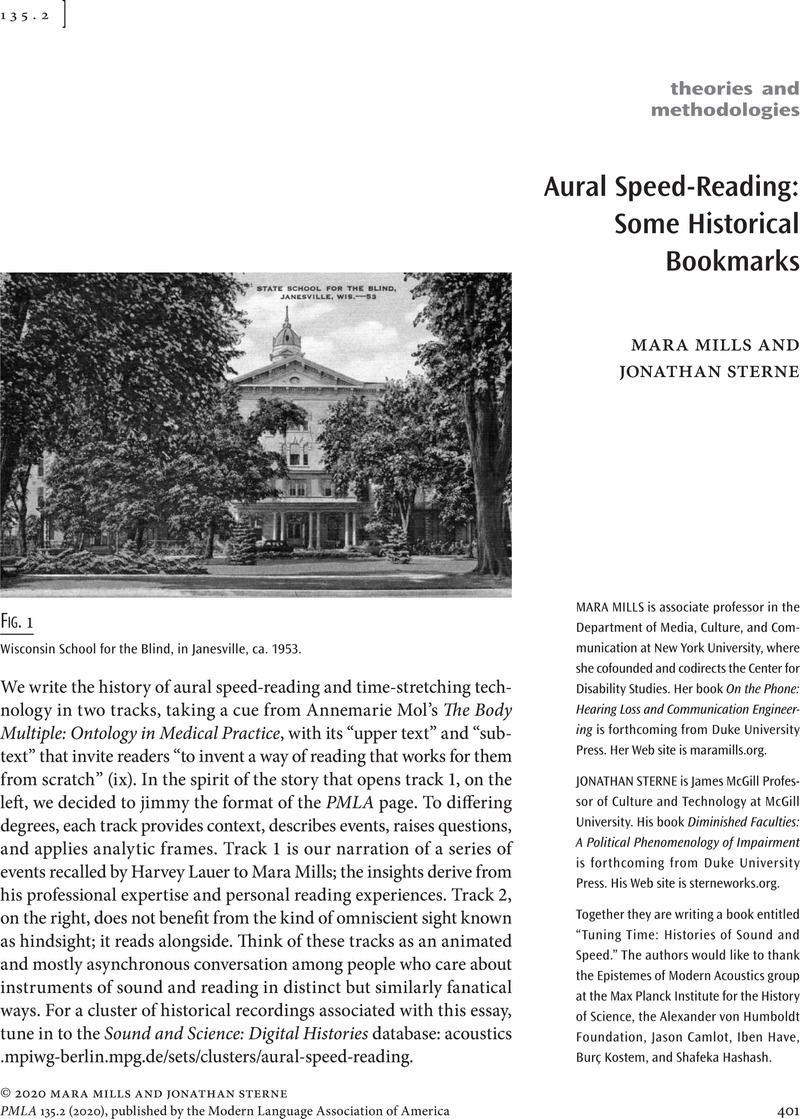Crossref Citations
This article has been cited by the following publications. This list is generated based on data provided by Crossref.
Lundh, Anna
2022.
“I can read, I just can't see”: a disability rights-based perspective on reading by listening.
Journal of Documentation,
Vol. 78,
Issue. 7,
p.
176.





